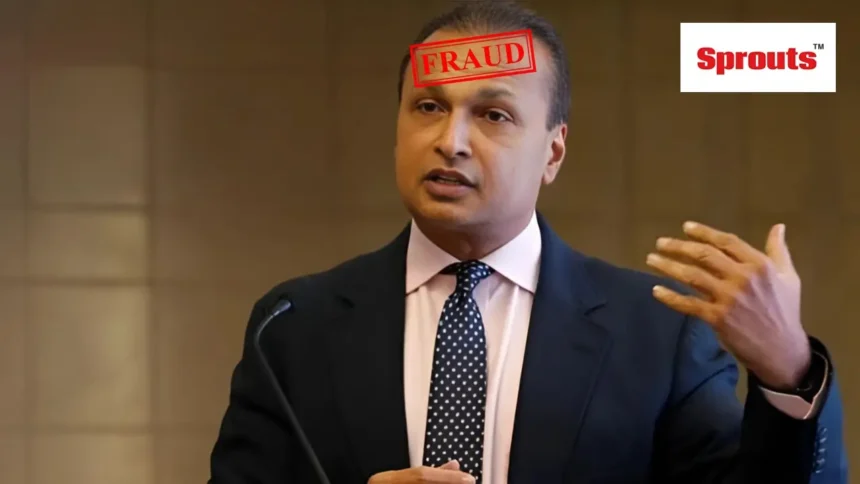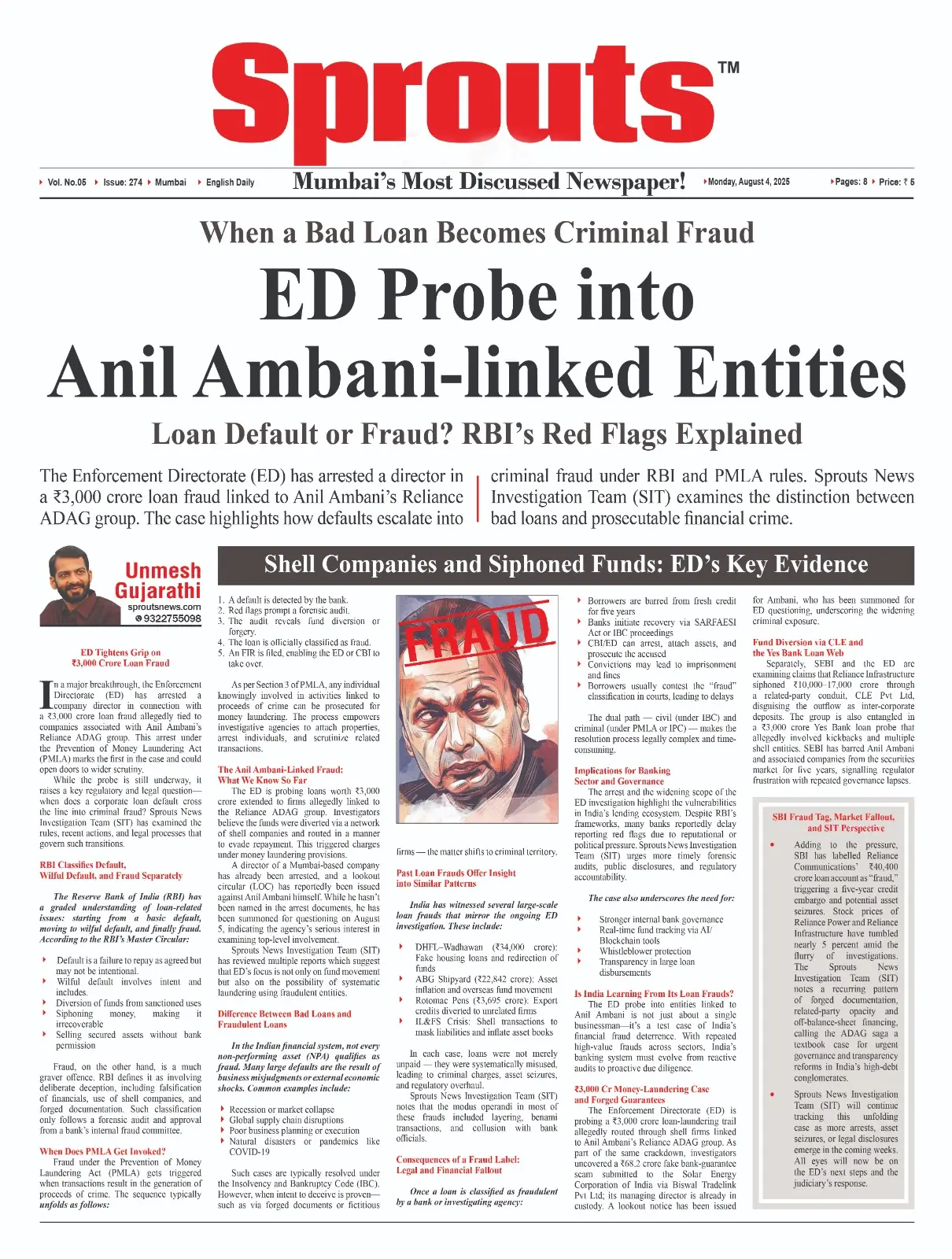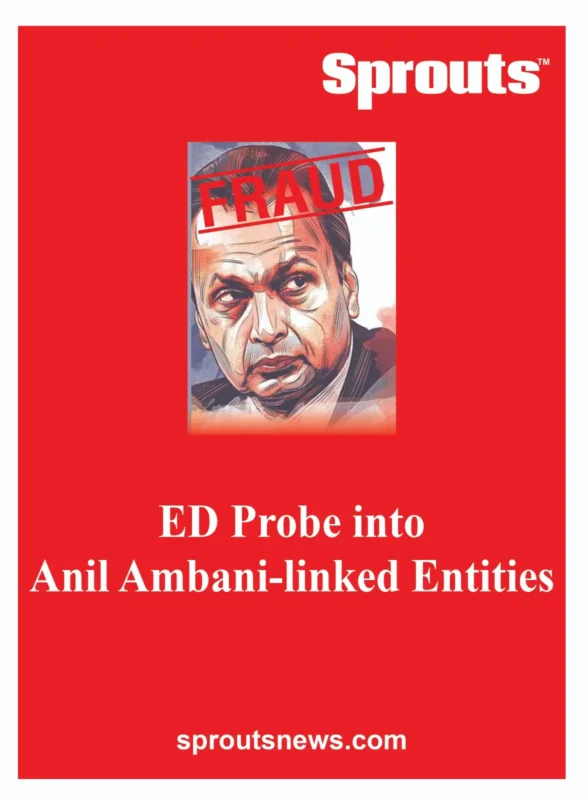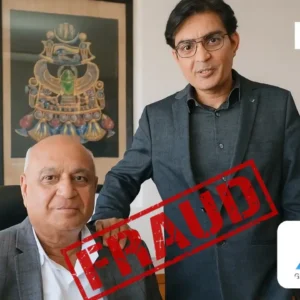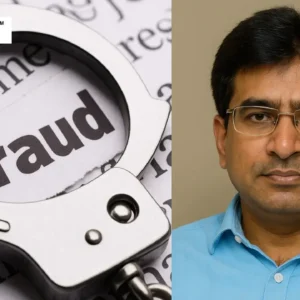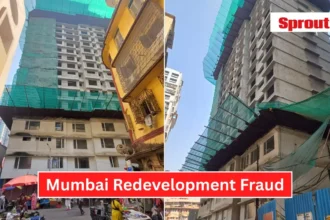ED Probe into Anil Ambani-linked Entities
• When a Bad Loan Becomes Criminal Fraud
• Loan Default or Fraud? RBI’s Red Flags Explained
• Shell Companies and Siphoned Funds: ED’s Key Evidence
Unmesh Gujarathi
Sprouts News Exclusive
Contact: +91 9322755098
Sprouts News Exclusive
Contact: +91 9322755098
The Enforcement Directorate (ED) has arrested a director in a ₹3,000 crore loan fraud linked to Anil Ambani’s Reliance ADAG group. The case highlights how defaults escalate into criminal fraud under RBI and PMLA rules. Sprouts News Investigation Team (SIT) examines the distinction between bad loans and prosecutable financial crime.
ED Tightens Grip on ₹3,000 Crore Loan Fraud
In a major breakthrough, the Enforcement Directorate (ED) has arrested a company director in connection with a ₹3,000 crore loan fraud allegedly tied to companies associated with Anil Ambani’s Reliance ADAG group. This arrest under the Prevention of Money Laundering Act (PMLA) marks the first in the case and could open doors to wider scrutiny.
While the probe is still underway, it raises a key regulatory and legal question — when does a corporate loan default cross the line into criminal fraud? Sprouts News Investigation Team (SIT) has examined the rules, recent actions, and legal processes that govern such transitions.
Click Here To Download the News Attachment
Contents
- ED Probe into Anil Ambani-linked Entities
- • When a Bad Loan Becomes Criminal Fraud
- • Loan Default or Fraud? RBI’s Red Flags Explained
- • Shell Companies and Siphoned Funds: ED’s Key Evidence
- ED Tightens Grip on ₹3,000 Crore Loan Fraud
- RBI Classifies Default, Wilful Default, and Fraud Separately
- When Does PMLA Get Invoked?
- The Anil Ambani-Linked Fraud: What We Know So Far
- Difference Between Bad Loans and Fraudulent Loans
- Past Loan Frauds Offer Insight into Similar Patterns
- Consequences of a Fraud Label: Legal and Financial Fallout
- Implications for Banking Sector and Governance
- ₹3,000 Cr Money-Laundering Case and Forged Guarantees
- Fund Diversion via CLE and the Yes Bank Loan Web
- SBI Fraud Tag, Market Fallout, and SIT Perspective
RBI Classifies Default, Wilful Default, and Fraud Separately
The Reserve Bank of India (RBI) has a graded understanding of loan-related issues: starting from a basic default, moving to wilful default, and finally fraud. According to the RBI’s Master Circular:
•Default is a failure to repay as agreed but may not be intentional.
•Wilful default involves intent and includes:
•Diversion of funds from sanctioned uses
•Siphoning money, making it irrecoverable
•Selling secured assets without bank permission
Fraud, on the other hand, is a much graver offence. RBI defines it as involving deliberate deception, including falsification of financials, use of shell companies, and forged documentation. Such classification only follows a forensic audit and approval from a bank’s internal fraud committee.
When Does PMLA Get Invoked?
Fraud under the Prevention of Money Laundering Act (PMLA) gets triggered when transactions result in the generation of proceeds of crime. The sequence typically unfolds as follows:
1.A default is detected by the bank.
2.Red flags prompt a forensic audit.
3.The audit reveals fund diversion or forgery.
4.The loan is officially classified as fraud.
5.An FIR is filed, enabling the ED or CBI to take over.
As per Section 3 of PMLA, any individual knowingly involved in activities linked to proceeds of crime can be prosecuted for money laundering. The process empowers investigative agencies to attach properties, arrest individuals, and scrutinize related transactions.
The Anil Ambani-Linked Fraud: What We Know So Far
The ED is probing loans worth ₹3,000 crore extended to firms allegedly linked to the Reliance ADAG group. Investigators believe the funds were diverted via a network of shell companies and routed in a manner to evade repayment. This triggered charges under money laundering provisions.
A director of a Mumbai-based company has already been arrested, and a lookout circular (LOC) has reportedly been issued against Anil Ambani himself. While he hasn’t been named in the arrest documents, he has been summoned for questioning on August 5, indicating the agency’s serious interest in examining top-level involvement.
Sprouts News Investigation Team (SIT) has reviewed multiple reports which suggest that ED’s focus is not only on fund movement but also on the possibility of systematic laundering using fraudulent entities.
Difference Between Bad Loans and Fraudulent Loans
In the Indian financial system, not every non-performing asset (NPA) qualifies as fraud. Many large defaults are the result of business misjudgments or external economic shocks. Common examples include:
•Recession or market collapse
•Global supply chain disruptions
•Poor business planning or execution
•Natural disasters or pandemics like COVID-19
Such cases are typically resolved under the Insolvency and Bankruptcy Code (IBC). However, when intent to deceive is proven — such as via forged documents or fictitious firms — the matter shifts to criminal territory.
Past Loan Frauds Offer Insight into Similar Patterns
India has witnessed several large-scale loan frauds that mirror the ongoing ED investigation. These include:
•DHFL–Wadhawan (₹34,000 crore): Fake housing loans and redirection of funds
•ABG Shipyard (₹22,842 crore): Asset inflation and overseas fund movement
•Rotomac Pens (₹3,695 crore): Export credits diverted to unrelated firms
•IL&FS Crisis: Shell transactions to mask liabilities and inflate asset books
In each case, loans were not merely unpaid — they were systematically misused, leading to criminal charges, asset seizures, and regulatory overhaul.
Sprouts News Investigation Team (SIT) notes that the modus operandi in most of these frauds included layering, benami transactions, and collusion with bank officials.
Consequences of a Fraud Label: Legal and Financial Fallout
Once a loan is classified as fraudulent by a bank or investigating agency:
•Borrowers are barred from fresh credit for five years
•Banks initiate recovery via SARFAESI Act or IBC proceedings
•CBI/ED can arrest, attach assets, and prosecute the accused
•Convictions may lead to imprisonment and fines
•Borrowers usually contest the “fraud” classification in courts, leading to delays
The dual path — civil (under IBC) and criminal (under PMLA or IPC) — makes the resolution process legally complex and time-consuming.
Implications for Banking Sector and Governance
The arrest and the widening scope of the ED investigation highlight the vulnerabilities in India’s lending ecosystem. Despite RBI’s frameworks, many banks reportedly delay reporting red flags due to reputational or political pressure. Sprouts News Investigation Team (SIT) urges more timely forensic audits, public disclosures, and regulatory accountability.
The case also underscores the need for:
•Stronger internal bank governance
•Real-time fund tracking via AI/Blockchain tools
•Whistleblower protection
•Transparency in large loan disbursements
Is India Learning From Its Loan Frauds?
The ED probe into entities linked to Anil Ambani is not just about a single businessman—it’s a test case of India’s financial fraud deterrence. With repeated high-value frauds across sectors, India’s banking system must evolve from reactive audits to proactive due diligence.
₹3,000 Cr Money-Laundering Case and Forged Guarantees
The Enforcement Directorate (ED) is probing a ₹3,000 crore loan-laundering trail allegedly routed through shell firms linked to Anil Ambani’s Reliance ADAG group. As part of the same crackdown, investigators uncovered a ₹68.2 crore fake bank-guarantee scam submitted to the Solar Energy Corporation of India via Biswal Tradelink Pvt Ltd; its managing director is already in custody. A lookout notice has been issued for Ambani, who has been summoned for ED questioning, underscoring the widening criminal exposure.
Also Read: Juhu’s Walkability Crisis Sparks Demand for Safe Public Footpath.
Fund Diversion via CLE and the Yes Bank Loan Web
Separately, SEBI and the ED are examining claims that Reliance Infrastructure siphoned ₹10,000–17,000 crore through a related-party conduit, CLE Pvt Ltd, disguising the outflow as inter-corporate deposits. The group is also entangled in a ₹3,000 crore Yes Bank loan probe that allegedly involved kickbacks and multiple shell entities. SEBI has barred Anil Ambani and associated companies from the securities market for five years, signalling regulator frustration with repeated governance lapses.
SBI Fraud Tag, Market Fallout, and SIT Perspective
Adding to the pressure, SBI has labelled Reliance Communications’ ₹40,400 crore loan account as “fraud,” triggering a five-year credit embargo and potential asset seizures. Stock prices of Reliance Power and Reliance Infrastructure have tumbled nearly 5 percent amid the flurry of investigations. The Sprouts News Investigation Team (SIT) notes a recurring pattern of forged documentation, related-party opacity and off-balance-sheet financing, calling the ADAG saga a textbook case for urgent governance and transparency reforms in India’s high-debt conglomerates.
Sprouts News Investigation Team (SIT) will continue tracking this unfolding case as more arrests, asset seizures, or legal disclosures emerge in the coming weeks. All eyes will now be on the ED’s next steps and the judiciary’s response.

